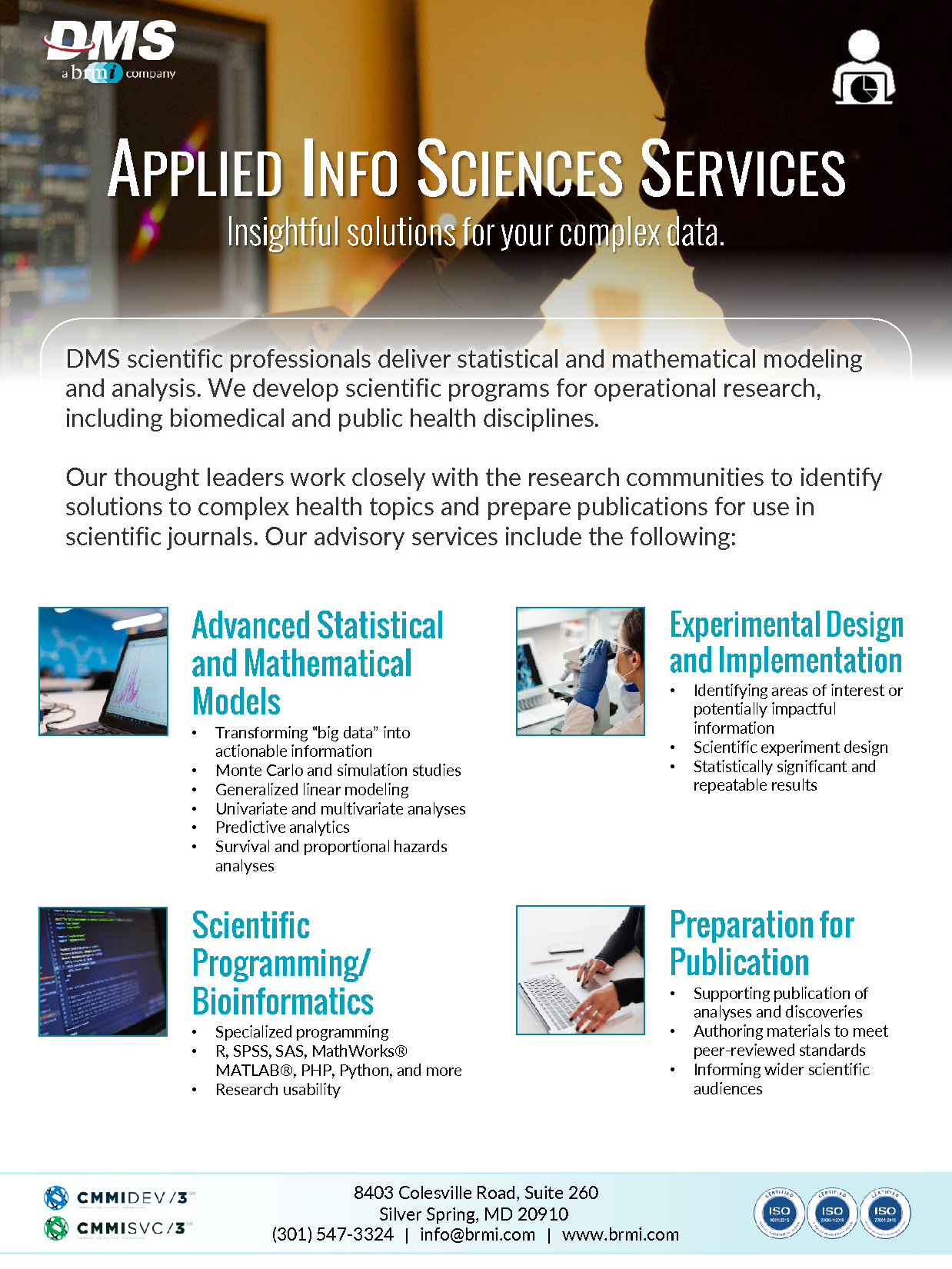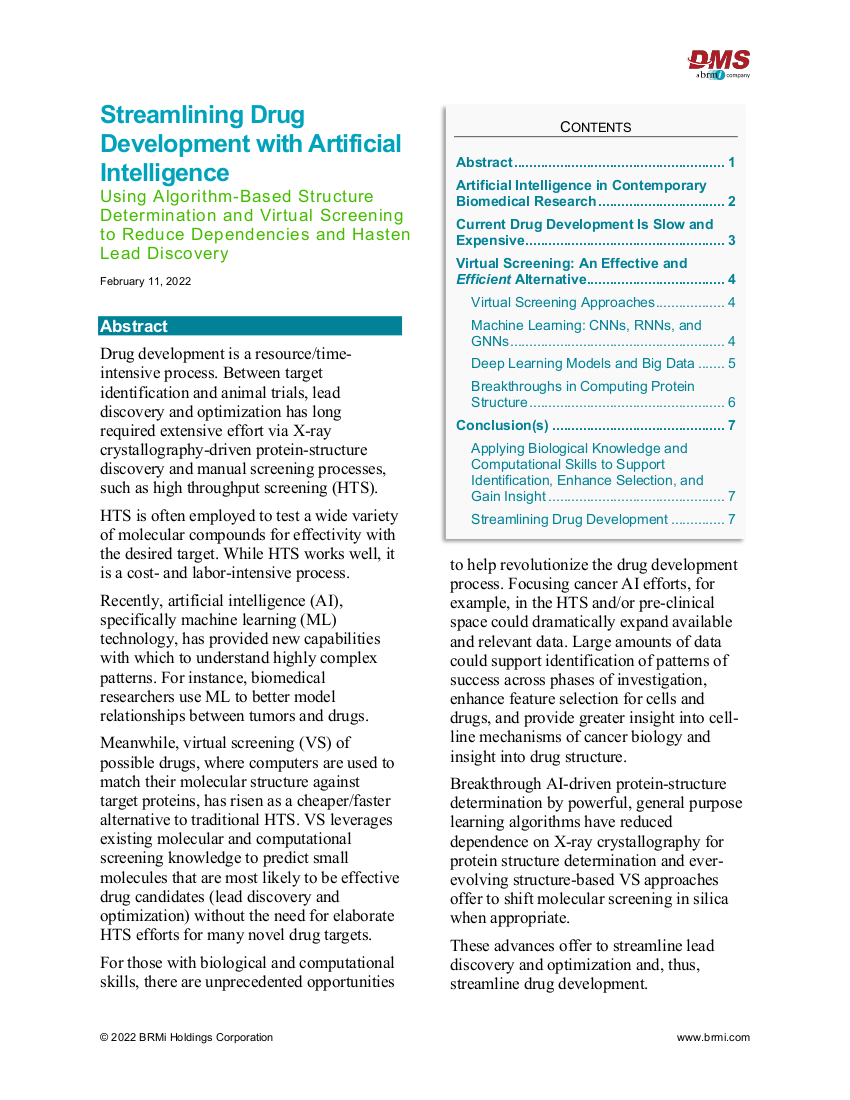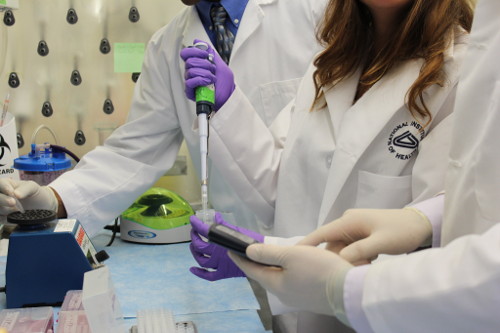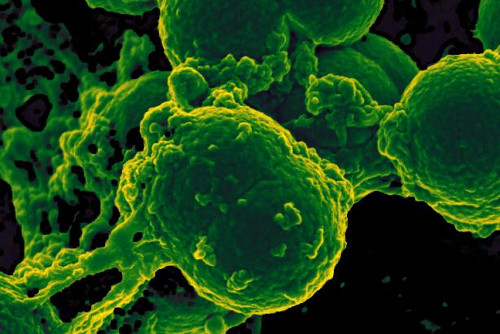Applied Information Sciences Services
The BRMi Difference
BRMi scientific professionals deliver statistical and mathematical modeling and analysis. We develop scientific programs for operational research, including biomedical and public health disciplines. Our thought leaders work closely with the research communities to identify solutions to complex health topics and prepare publications for use in scientific journals.
Advanced Statistical and Mathematical Methods
Our teams design, set up, and perform a variety of advanced statistical and mathematical modeling. These include Monte Carlo and simulation studies, generalized linear modeling, univariate and multivariate analyses, predictive analytics, and survival and proportional hazards analyses. We are experienced using “big data” in structured and unstructured formats.
Experimental Design and Implementation
We identify areas of interest or where new information may have an important impact on a decision or outcome, and we design scientific experiments to return statistically significant and repeatable results. Our team performs the experiments, adjusting as needed to ensure accurate findings.
Scientific Programming/Bioinformatics
Our team performs specialized programming using a variety of applicable tools (e.g., R, SPSS, SAS, MathWorks® MATLAB®, PHP, and Python) to operationalize research.
Preparation for Publication
Our knowledgeable specialists maintain a deep understanding of the science supporting analyses and discoveries across multiple biomedical and public health disciplines and author materials to meet peer-reviewed standards. Many of our results have been published for further review in journals that inform a wider scientific audience.
Outcomes
Whether it’s advancing the course of scientific research or publishing in a peer-reviewed journal like Science, we adopt your goals as our own. We deliver systemic solutions for your complex data that help you to bring reproducible findings and well-supported information to your scientific audience. Our solutions also reduce resource requirements and human intervention, freeing scientists and scientific professionals to redirect their focus to higher-value tasks and higher-priority areas.




